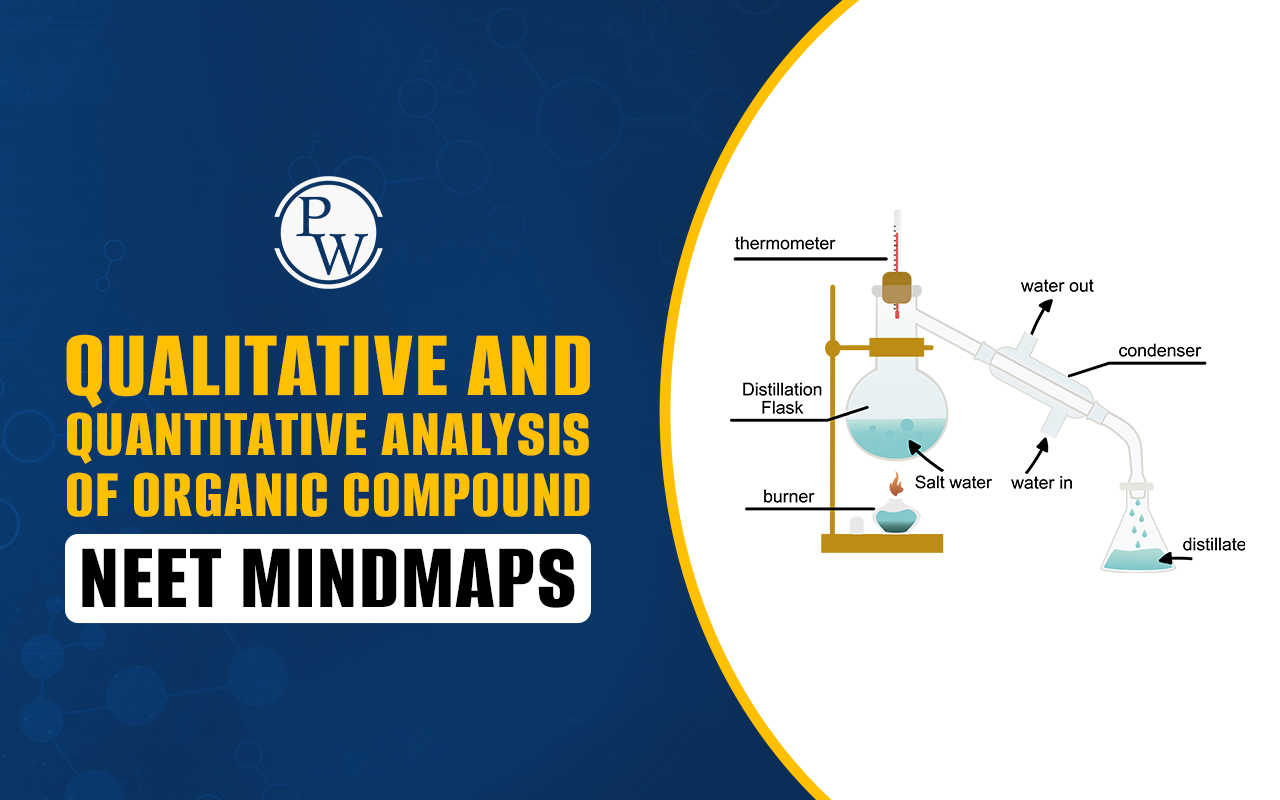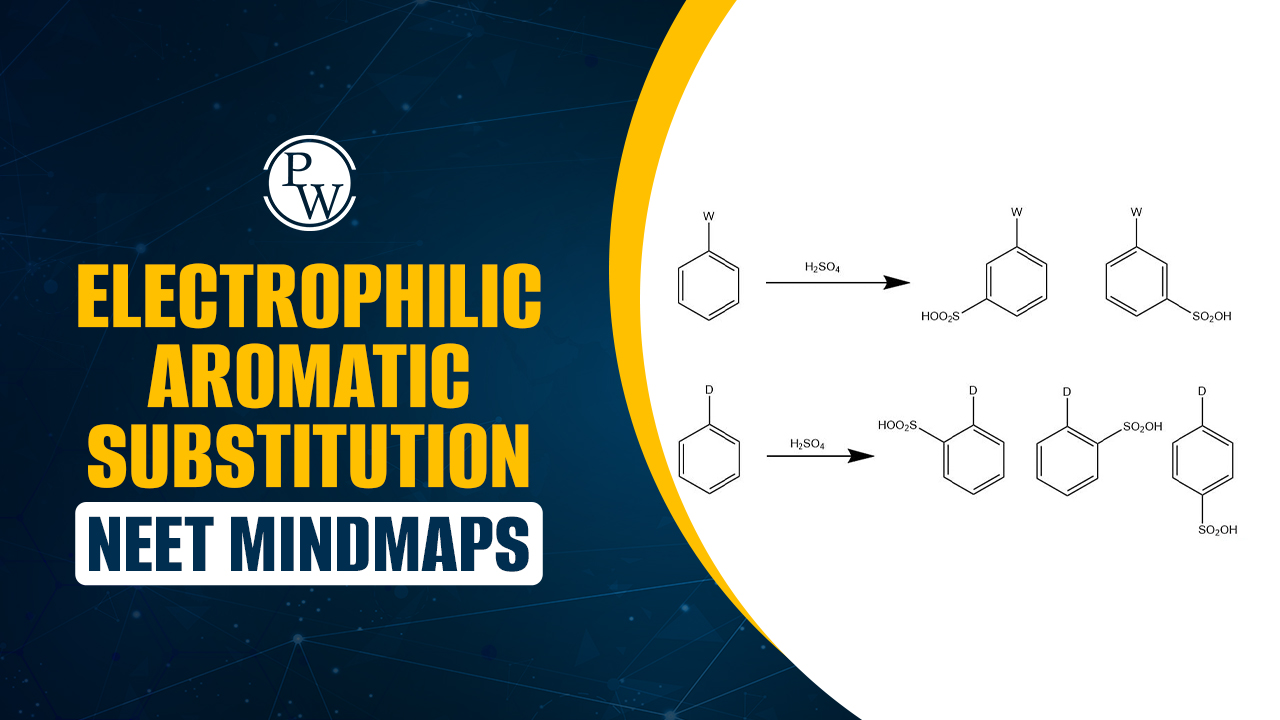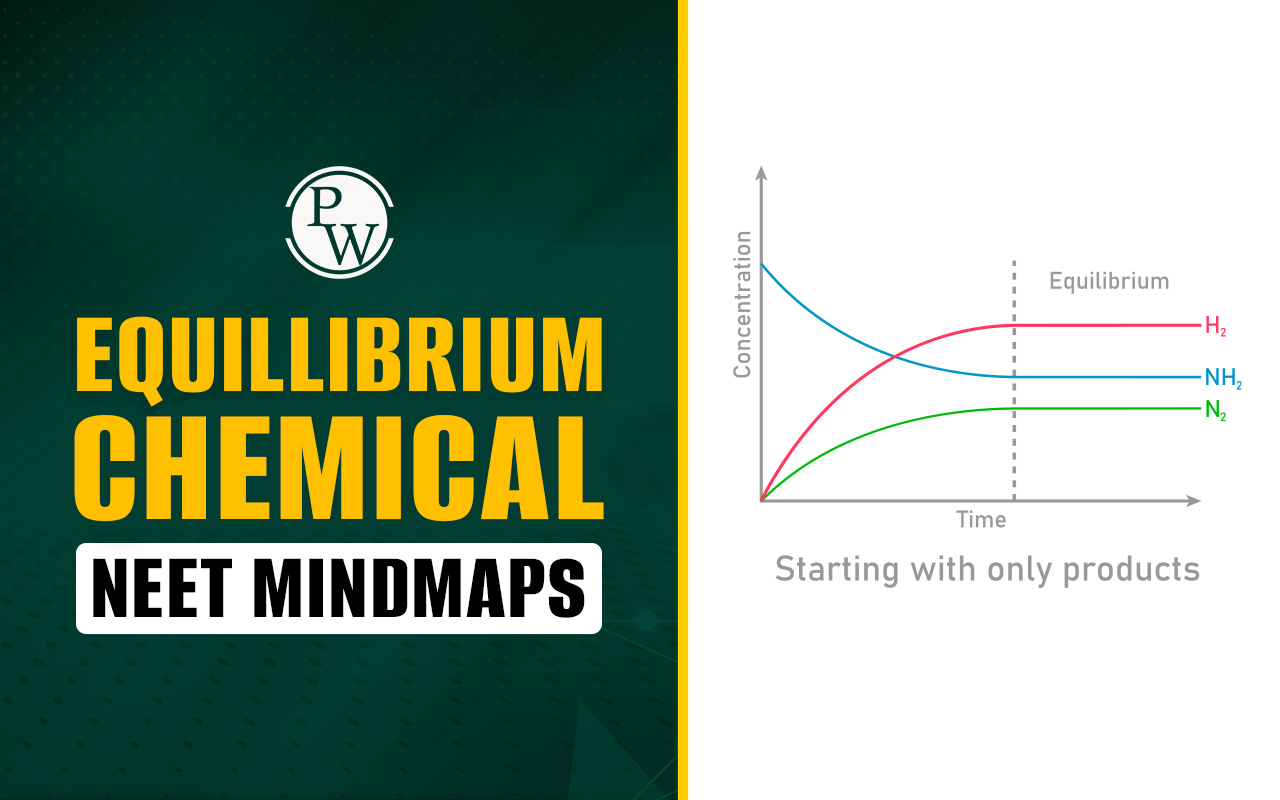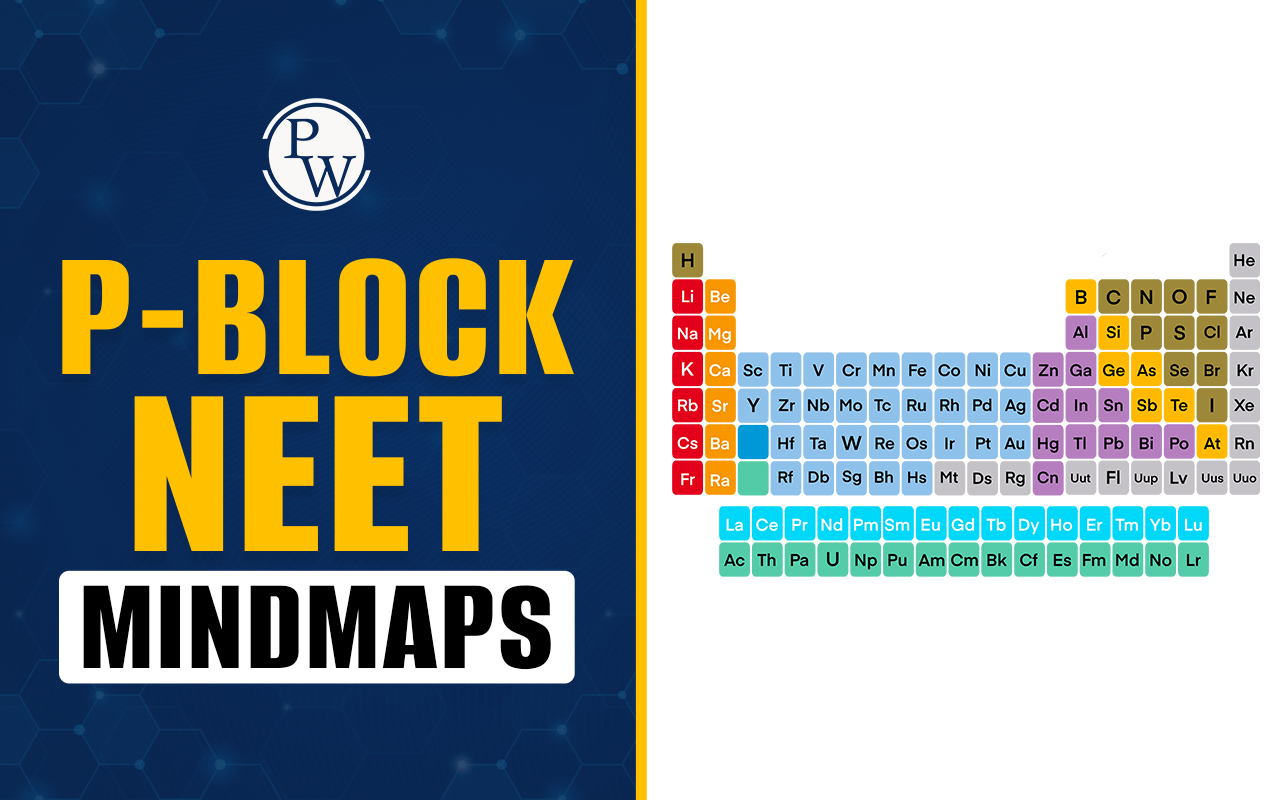

Difference between Endotoxins and Exotoxins: Endotoxins are present in bacteria's outer membrane. It is indicated as a cell-associated chemical responsible for bacterial structure. Lipopolysaccharides, or LPS, are another name for endotoxins. Gram-negative bacteria have LPS on their outer surface. When bacterial cells die, LPS is released.
Exotoxins are proteins, or polypeptides. It affects tissues that are not the initial site of bacterial growth. Bacterial or cellular activity is typically responsible for the production of exotoxins. Bacteria discharge it into the environment. Exotoxins are generally generated during the development of bacterial cells. Read the complete difference between endotoxins and exotoxins in the article below.| NEET Biology Syllabus | NEET Biology Diagrams |
| NEET Biology MCQ | NEET Biology Chapter wise Weightage |
| NEET Biology Notes | NEET Previous Year Question papers |
Difference Between Endotoxins And Exotoxins Overview
Toxins produced by live organisms are known as endotoxins and exotoxins. The human body produces toxins. These compounds are toxic enough to cause sickness when they come into touch with or are absorbed by bodily tissues. Toxins may help injured cells' immunological responses, cause harm, and slow cellular functions. Toxins range in severity from mild to lethal. It helps pathogenic microorganisms in their pathological phase. The detailed difference between endotoxins and exotoxins is provided in the tabular format in the article below.
Difference Between Endotoxins And Exotoxins
Toxins are toxic compounds composed of proteins, tiny molecules, and peptides. These compounds are potent enough to cause illness when they come into contact with bodily tissues or are absorbed. It may aid cell damage by activating immune responses and slowing cellular functions. It ranges in severity from small to fatal. It aids in the pathogenesis of harmful microorganisms. Endotoxins and exotoxins are two types of toxins. The distinction between these poisons is due to how bacteria produce them. Endotoxins are lipopolysaccharide-protein complexes (LPS) secreted by bacteria upon cell death. It is weather-resistant and heat-stable. Exotoxins are proteins generated by a few bacterial species. The difference between endotoxins and exotoxins is given in the table below.
| Difference Between Endotoxins And Exotoxins | ||
|---|---|---|
| Basis | Endotoxins | Exotoxins |
| Definition | Endotoxins are lipopolysaccharide protein complexes produced upon cell death. | Exotoxins are polypeptide proteins excreted by certain bacterial species. |
| Location | Endotoxins are part of some cells and are located on chromosomal genes. | Exotoxins are released from cells and located on extrachromosomal genes. |
| Toxicity | It is moderately toxic. | It is highly toxic. |
| Source | It is produced after the disintegration of gram-negative bacteria. | It is produced in living gram-positive and gram-negative bacteria. |
| Molecular Weight | 50-1000 KDa (kilodalton). | 10 KDa (kilodalton). |
| Heat Sensitivity | Heat stable; active at 250°C or even 1000°C. | Heat labile; destroyed beyond 60-80°C. |
| Boiling | It does not denature on boiling. | It is denatured on boiling. |
| Toxic Conversion | Toxic conversion is not possible. | Toxic conversion is possible. |
| Detection | It is detected in LAL (limulus amebocyte and lysate test). | It is detected in various tests like precipitation, neutralization, etc. |
| Diseases | Meningococcemia, sepsis by gram-negative rods, etc. | Botulism, Diphtheria, Tetanus. |
| Enzymatic Activity | Enzymatic activities are always high. | There is no enzymatic activity. |
| Effects | General symptoms include fever, diarrhea, vomiting, etc. | Symptoms include cytotoxin, enterotoxin, or neurotoxin with defined action on cells or tissues. |
| Neutralization | Antibodies cannot neutralize it. | Antibodies can neutralize it. |
| Vaccines | No effective vaccines are available. | Effective vaccines are available. |
| Immunogenicity | Weakly immunogenic. | Highly immunogenic. |
| Potency | A large amount of toxin is required to cause a disease. | A single toxin molecule is enough to cause a disease. |
| Examples | E. coli, Shigella, Vibrio cholera, and Salmonella typhi produce toxins. | Toxins are produced by Staphylococcus aureus, Streptococcus pyogenes, Bacillus anthracis, and bacillus cereus. |
Endotoxins
Endotoxins are found in the bacteria's outer membrane. It is indicated as a cell-associated chemical responsible for bacterial structure. Endotoxins are often referred to as lipopolysaccharides (LPS). LPS may be present on the surface of Gram-negative bacteria. LPS is released after bacterial cell death. Toxicity is connected to the lipid component, whereas immunogenicity is related to the polysaccharide components. Lipopolysaccharides cause inflammation and activate complement via an alternate mechanism. Gram-negative bacteria create a small quantity of endotoxin during their development. Endotoxins are crucial in strengthening natural immunity.
Exotoxins
Exotoxin is a toxin released by bacteria. Exotoxins can affect the host by obliterating cells or interfering with normal cell digestion. They are extremely powerful and can inflict substantial harm to the host. Exotoxins may be released or, like endotoxins, may be supplied during phone lysis. Gram-negative microorganisms may release external layer vesicles with lipopolysaccharide endotoxin along with specific destructiveness proteins in the bouncing film, as well as a few other toxins as intra-vesicular items, thus adding a previously unexpected component to the well-known eukaryotic cycle of film vesicle dealing, which is highly dynamic at the host-microbe interface.
Difference Between Endotoxins And Exotoxins FAQs
What is the difference between endotoxins and exotoxins?
Is LPS an exotoxin or an endotoxin?
Does S. aureus release exotoxins?
Do viruses release exotoxins?
Where are exotoxins released?












